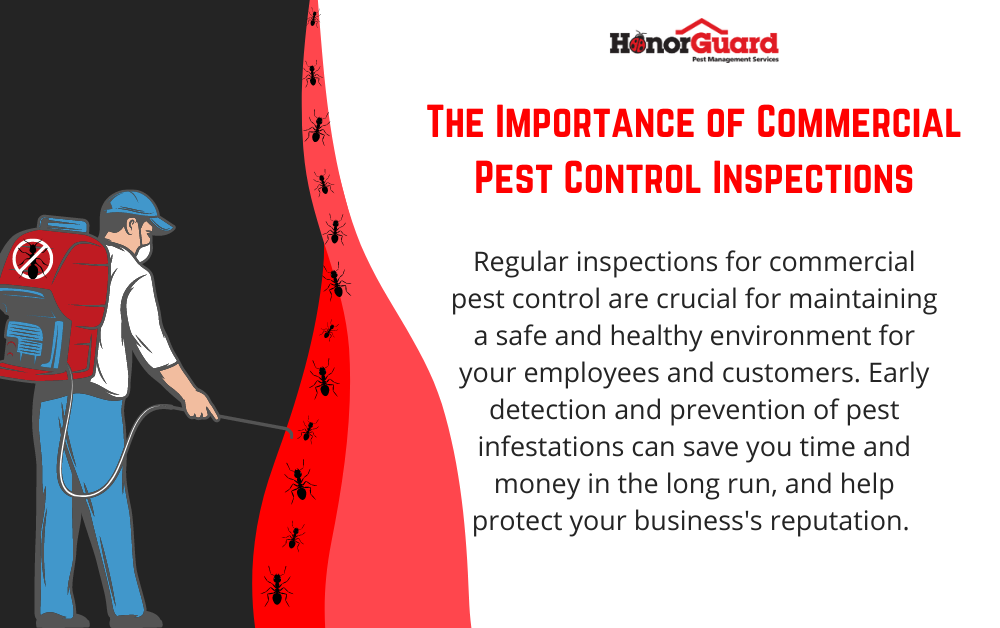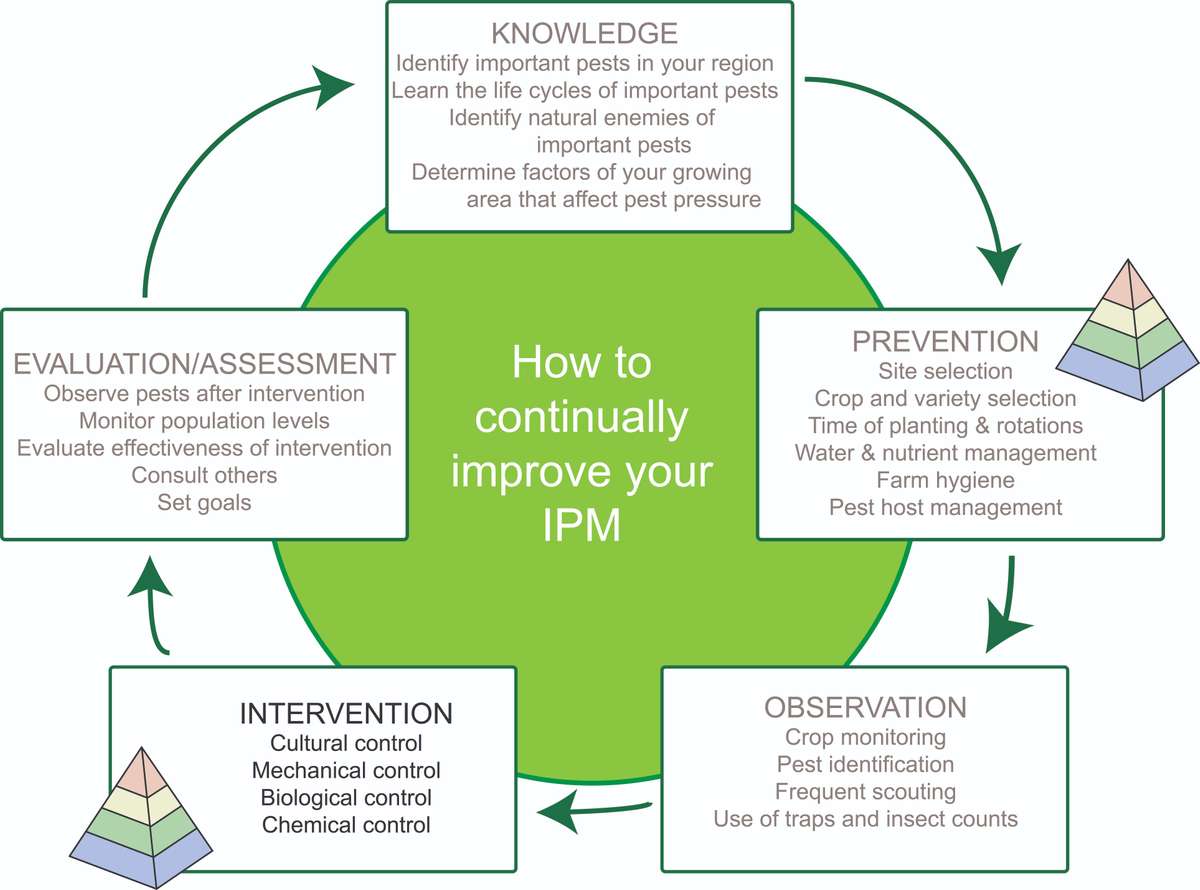Not known Details About Pestwise
Table of Contents6 Easy Facts About Pestwise ExplainedFacts About Pestwise RevealedPestwise Things To Know Before You BuyExamine This Report on PestwiseSome Known Questions About Pestwise.Some Ideas on Pestwise You Should KnowNot known Details About Pestwise

Q. Specify "integrated bug administration" (IPM) and listing several possible control methods that may be made use of in an IPM approach. A. Integrated insect management is the combining of ideal bug control methods into a single strategy to lower pests and their damages to an acceptable degree. Insect control methods might include: host resistance, organic control, cultural control, mechanical control, sanitation, and chemical (pesticide) control.
The Best Guide To Pestwise
What can you do to maintain the parasites you are trying to control from ending up being resistant to the pesticides you use? A. Pest resistance can be reduced by making use of incorporated insect management and turning the types of pesticides made use of.
Insects are an essential risk to the farming organization, and integrated parasite management aids farmers address and alleviate these dangers. Integrated insect administration makes use of numerous approaches in complicated, hence being a more efficient service to the problem. Pest Control. Specifically, getting rid of aggressive chemical methods permits lessening damage to people and the atmosphere by utilizing all-natural and safer options instead
Facts About Pestwise Uncovered
The objective of incorporated insect administration is to minimize this harm and control appropriate infestation degrees as opposed to get rid of all unwanted populations. This is why it is essential to recognize what measures are warranted in each situation and use aggressive ones just when various other integrated management techniques don't work. Integrated monitoring mitigates the adverse consequences of a non-IPM technique, and the major advantages of IPM Advantages of IPM.
A correct understanding of the infestation extent figures out if the trouble should be resolved. are the following elements of an IPM program because it is necessary to understand if the organisms make possible dangers and choose on the incorporated monitoring alternatives or the details pesticide usage. intend to reduce invasions by applying different agronomic methods.
The Only Guide to Pestwise
Integrated administration alternatives in an IPM program beginning with safer to more hostile ones. The above-mentioned integrated management elements assist comprehend how to plan and apply an IPM program step by step: Screen your crops regularly.

Among others, IPM social techniques consist of the following area management techniques: soil therapy; option of suitable plants; crop turning; interplanting or strip cropping; choice of growing dates; weed control; use of catch plants. Beneficial soil conditions speed up plant growth, and energetic crops are extra resistant to infestations. Healthy and balanced seed startings and seeds predetermine successful crop growth, so it is crucial to select pest-free planting product with strong roots.
Therefore, amongst other applications, crop turning can be properly used as an incorporated parasite management technique. Pests spread out slower if rows of different crop types separate their host plants in intercropping or strip cropping, which is also used in the integrated insect administration system. Alternatively, invasions increase when plants of the same plant kind or household expand with each other.
, as well as tomatoes. Growing trap plants in patches is an additional choice for IPM intercropping. This integrated insect management technique suggests attracting pests to certain plants and after that regulating them with chemical or mechanical methods.
About Pestwise
Barriers are common examples of physical IPM methods. Fully grown bugs or their eggs and larvae are accumulated by hand and destroyed.

Division of Plant Sciences. my blog This incorporated management approach indicates a typical way of ruining pests by killers, parasitoids, pathogens, and various other biological control representatives (also known as hostile microorganisms). The role of biological control in IPM is to.
Pestwise Fundamentals Explained
With time, their population became a real annoyance to farmers together with indigenous kangaroos or dingoes. The walking stick toad is an additional case showing integrated biological control failure hereof when it rejected to quest the target species and came to be a pest itself. Parasitoids establish on or within their hosts to ultimately eliminate them after developing.